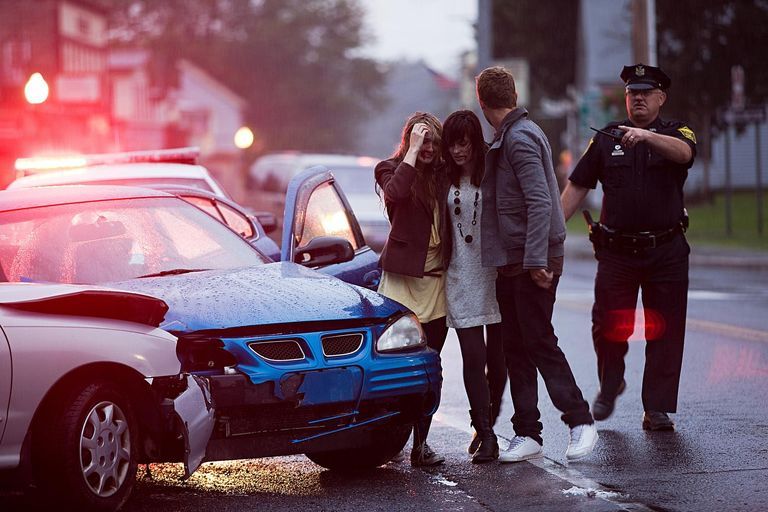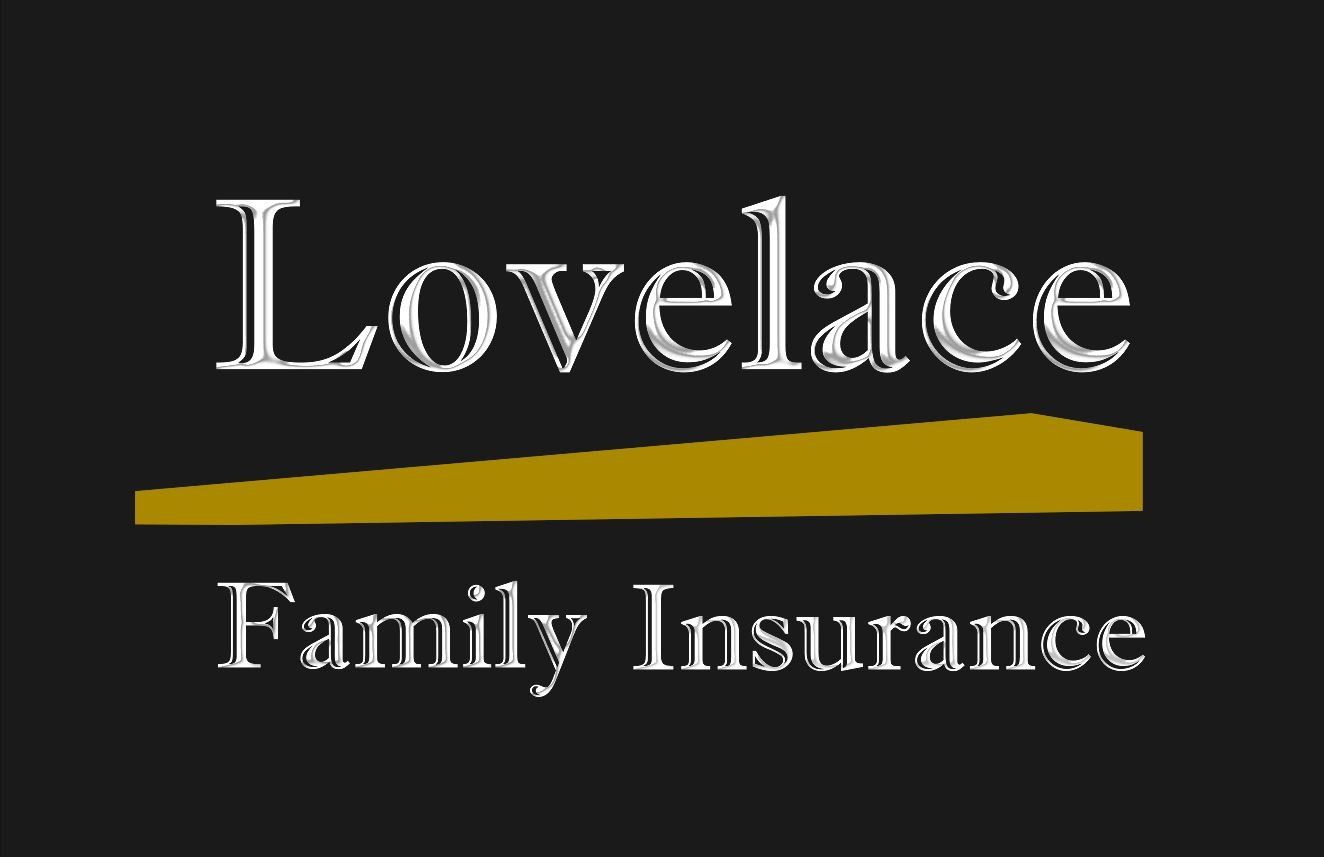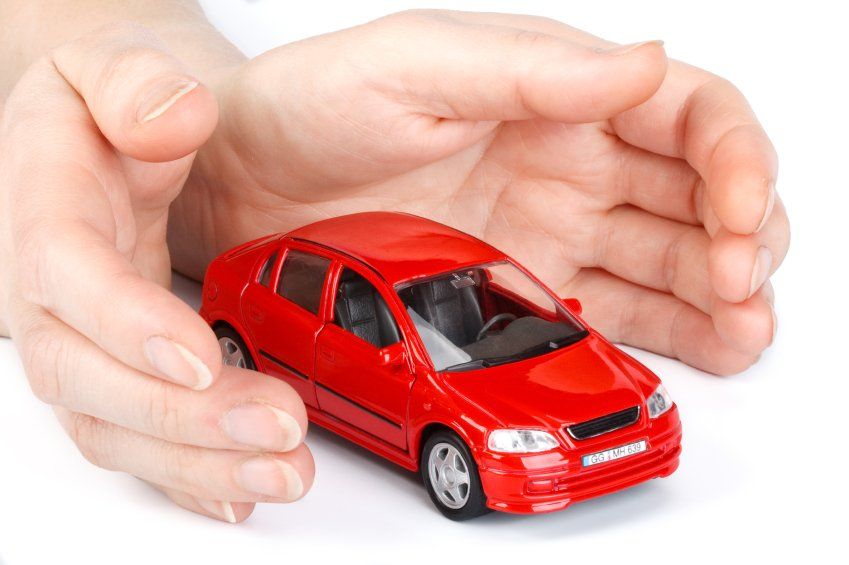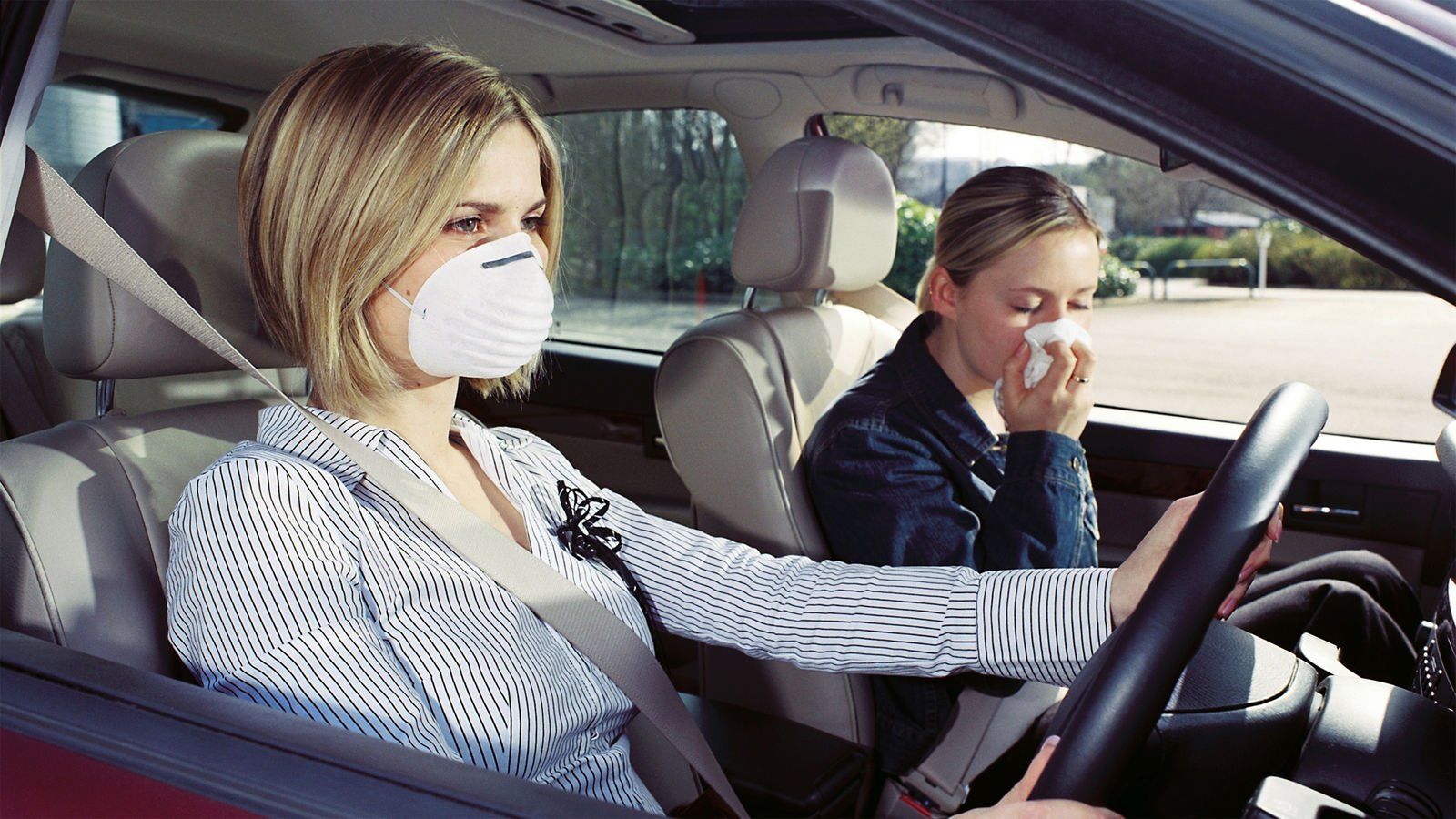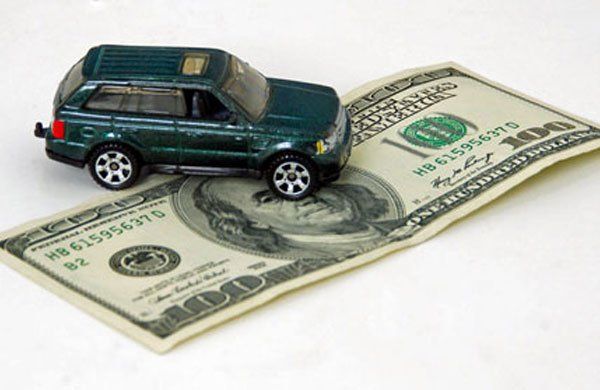Night Driving Dangers
Looking for ways to improve your driving after hours? While driving at night each driver is exposed to greater risks that include 3x more accidental deaths, and 32% more crashes involving one or more drivers who have consumed alcohol. The dangers of driving at night include reduced vision, lack of depth perception, color recognition, and peripheral vision. Driving at night also brings up the drowsy driving risk which reduces concentration and reaction time. To help reduce these risks, drivers under 40 should get an eye exam every three years, drivers up to 60 should get an eye exam every 2 years, and drivers older than 60 should get their eyes tested at least once a year.
To improve your late night drives, follow these tips:
- Keep headlights, taillights, signal lights, and windows clean.
- Check to make sure headlights are properly aimed.
- Dim instrument panel and dash lights to increase vision and depth perception.
- Turn headlights on in early twilight.
- Reduce speed and increase following distances.
- Make sure your speed will allow you to come to a complete stop within the distance illuminated by your headlights.
- Do not use high beams when following or approaching another vehicle for the other driver’s safety.
- Use the right edge of the road, the white line, as a visual guide when blinded by oncoming lights.
- Watch for the flash of headlights; they may indicate approaching hills or hairpin curves.
- Raise or lower the rearview mirror to eliminate bright reflection from following cars.
- Periodically stop for light snacks, stretching/exercise, or even a nap.
- Wear glasses with anti-reflective lenses, even with perfect vision. This helps reduce being blinded by bright lights.
- Keep your eyes moving constantly, rather than focusing on one area. This will help eliminate drowsiness.
- Watch closely for deer (when there’s one, there are usually more).
- Never drink & drive.
- Reduce distractions.
